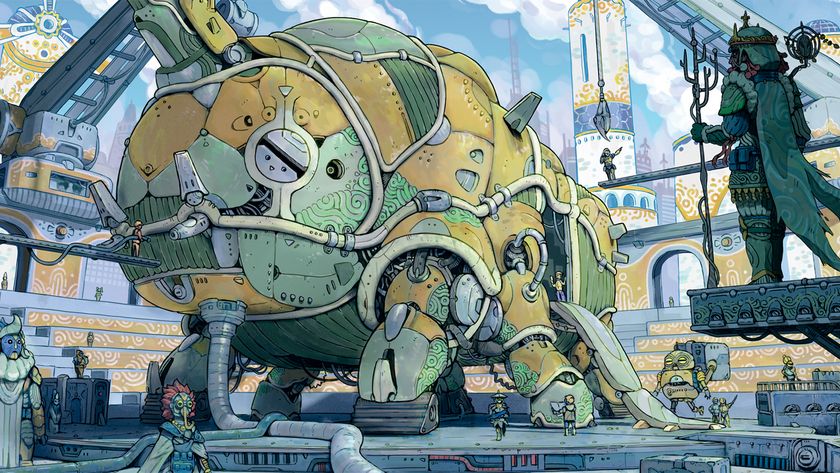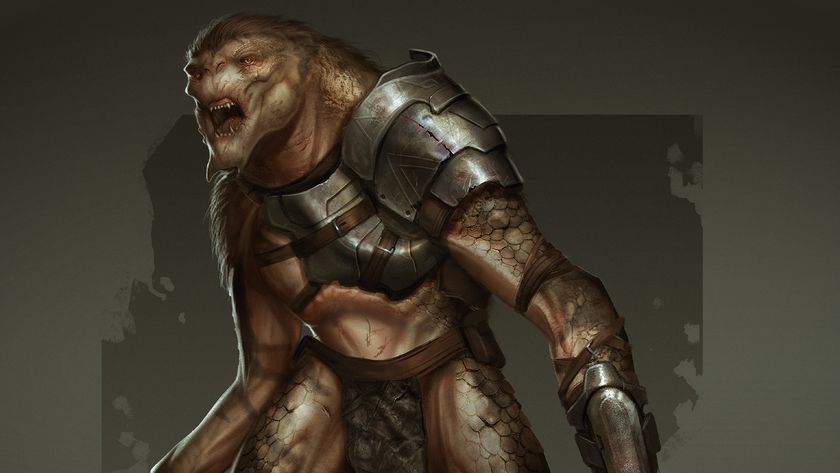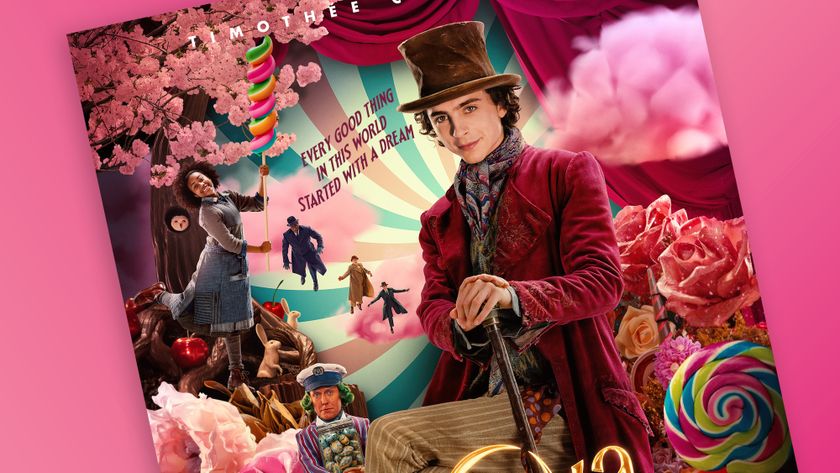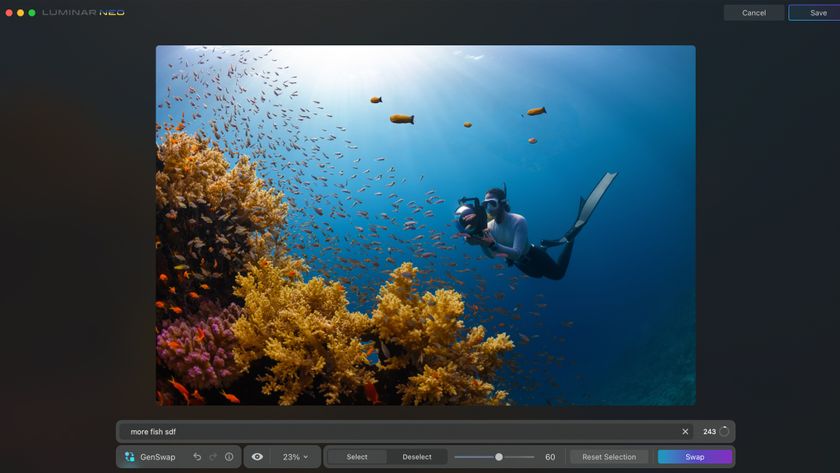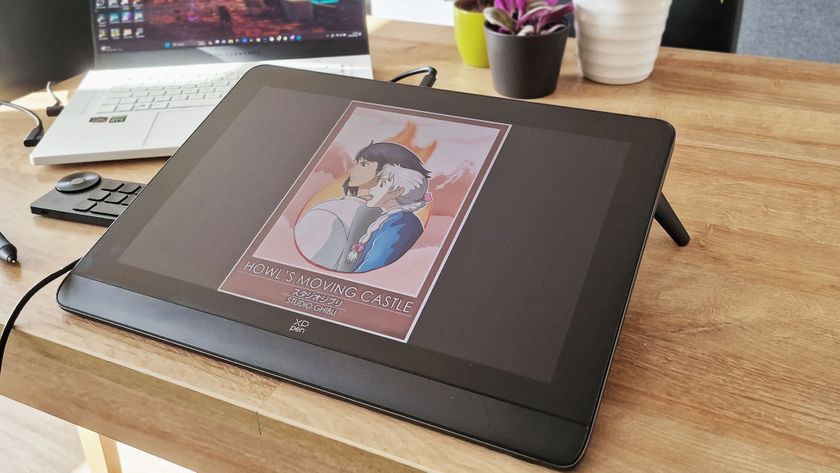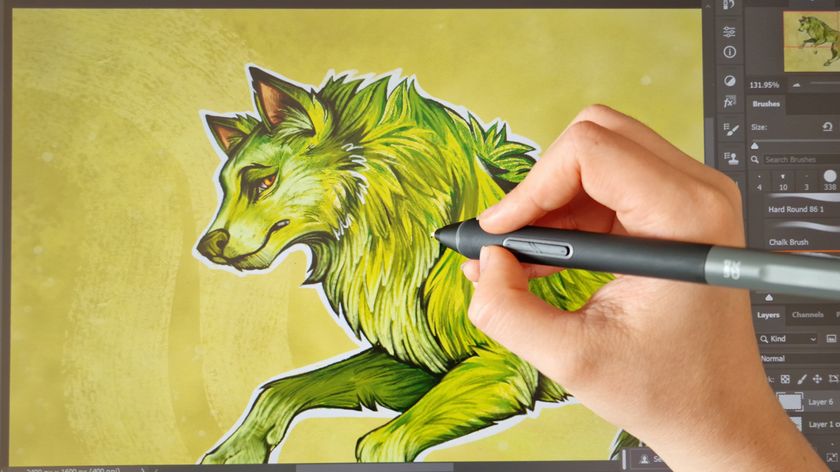Discover the basics of facial anatomy
This tutorial from digital artist Paco Rico Torres reveals how to breathe life into a skull-like face.
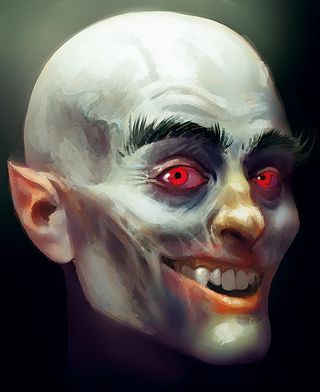
Humans interpret different facial configurations as specific messages. For example, when the levator anguli oris (caninus muscle) contracts, raising the upper lip and making the fangs visible, it's sending a message of anger. When the corrugator supercilii contracts, it raises the inner parts of the brows to express sadness.
This applies to every human face, including a skull-like face. The main difference is how the skin over the muscles and bones of the head react to these complex muscular movements. When there's little or no fat under the skin, the bones become more visible, as do the muscles and tendons. The eyes appear sunken and the veins more prominent. The expression wrinkles are still there, but they're smaller and not as deep.
I'd advise studying the expressive values of the face's anatomy, either using online sources or reference books. This will enable you to paint the expressions accurately. If you also analyse photos of thin and/or older people then you'll gain an understanding of how different skins react to certain expressions, and which bones and muscles are the most prominent. Do this and your task will become much easier.
01. Zygomaticus minor
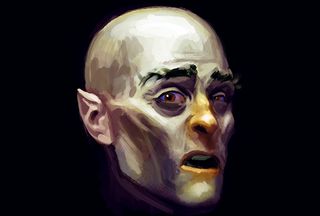
The zygomaticus minor muscle curves the mouth downwards and the corrugator supercilii pushes the inner parts of the brows upwards, giving to the face a sad look. In a normal face this would cause deep skin folds on the sides of the mouth, but in a skull-like face, I minimise them. Less fat under the skin results in smaller folds.
02. Procerus muscle
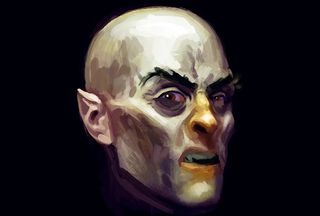
The procerus muscle lowers the inner part of the brows. Combined with the caninus muscle and triangularis muscle, which raises the inner part of the lips, it also helps to flare the nostrils. This creates a look of anger. The foldings on the mouth and brows are inevitable, but vertical foldings on the lips can enhance the thin look.
03. Occipitofrontalis
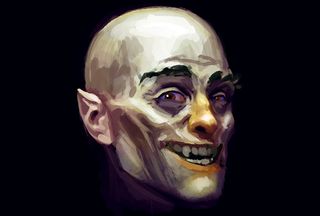
The zygomaticus major muscle raises the edges of the mouth, creating a cheerful expression. The occipitofrontalis muscle raises the brows and the orbicularis oculi muscle lifts the lower lids. I paint some horizontal skin folds over the brows, and make some muscles more visible under the skin to make him look thinner.
Words: Paco Rico Torres
This article originally appeared in ImagineFX issue 109.
Like this? Read these!
- Illustrator tutorials: amazing ideas to try today!
- Free graphic design software available to you right now!
- Create a perfect mood board with these pro tips and tools

Thank you for reading 5 articles this month* Join now for unlimited access
Enjoy your first month for just £1 / $1 / €1
*Read 5 free articles per month without a subscription

Join now for unlimited access
Try first month for just £1 / $1 / €1
Get the Creative Bloq Newsletter
Daily design news, reviews, how-tos and more, as picked by the editors.
The Creative Bloq team is made up of a group of design fans, and has changed and evolved since Creative Bloq began back in 2012. The current website team consists of eight full-time members of staff: Editor Georgia Coggan, Deputy Editor Rosie Hilder, Ecommerce Editor Beren Neale, Senior News Editor Daniel Piper, Editor, Digital Art and 3D Ian Dean, Tech Reviews Editor Erlingur Einarsson and Ecommerce Writer Beth Nicholls and Staff Writer Natalie Fear, as well as a roster of freelancers from around the world. The 3D World and ImagineFX magazine teams also pitch in, ensuring that content from 3D World and ImagineFX is represented on Creative Bloq.
